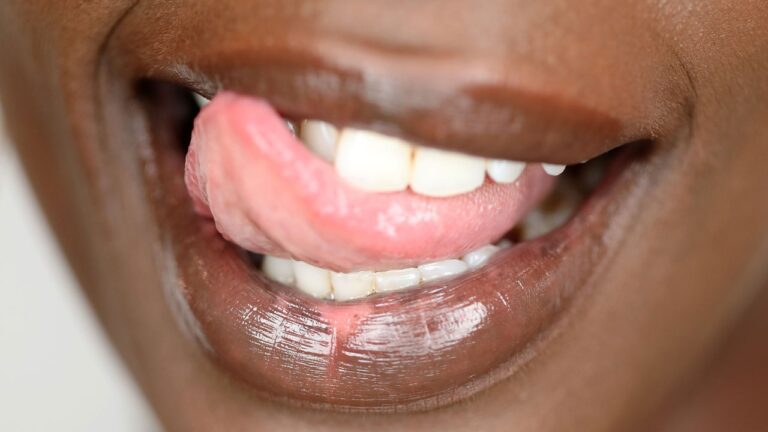“Dental tourism – where people go abroad to seek cheaper or faster alternatives to UK treatments – is becoming increasingly popular and it’s worrying because people don’t always know the facts of what they’re paying for. There’s no going back” .
What is the difference between veneer preparation and crown preparation?
“While a veneer requires minimal preparation on just one surface of the tooth, a crown preparation requires heavier preparation of all surfaces of the tooth, creating that ‘stump’ appearance that a crown is placed over. Crown preparation means that more of the natural tooth is removed, this significantly weakens the tooth and leaves it much more vulnerable to problems in the future.”
So, what are veneers and why have they become so popular?
“Like a false nail, a veneer is simply a thin shell that covers the front surface of a tooth. With society’s increasing pressure for the “perfect smile,” veneers have become extremely popular as a way to adjust the shape and shade of teeth for a more even, white, and aligned smile.
“However, for veneer preparations to be minimally invasive, the teeth must be fairly aligned. If there is any misalignment, orthodontic treatment may be recommended beforehand. Often this means that the crown preparation (where the teeth are filed) is cheaper and faster – which attracts a lot of people – but in reality, it can lead to a lot of problems and huge costs in the future.”
What kinds of veneer can you get?
“There are two common veneer ‘types’:
1. Composite veneer: Where a colored material is added directly to the tooth and shaped by the dentist. This usually requires no preparation or ‘tooth surface shaving’ and usually last 3-5 years before needing to be replaced.
2. Porcelain veneer: A thin layer of porcelain custom-made in a dental laboratory and then bonded to the tooth by your dentist. These require a small amount of tooth preparation on the front surface of the tooth and usually last 8-10 years before needing replacement.’
Why can shaving teeth at a young age be harmful?
“The more of the natural tooth that is removed, the shorter the remaining life of that tooth and the more problems you will have in the future. Each time a tooth is re-healed, more of this valuable tooth tissue is removed.
“A crown removes over 60% of the natural tooth. This leaves a tooth extremely vulnerable to fracture and 1 in 4 crowned teeth will still need a root canal treatment and a post to hold the crown in place. This is usually the last stage of treatment before the tooth has to be removed and you may end up pulling out forks to replace teeth as early as your 40s.
“In addition, the tooth pulp, which contains the tooth’s nerve and blood supply, is much larger in younger people. This means there is an even greater chance of damaging the nerve and requiring root canal treatment in young healthy teeth. Not only that, but if you’ve had crowns fitted abroad and start to experience pain and broken teeth, you won’t be eligible to have the tooth repaired on the NHS. You will also not be able to win legal representation for medical negligence in the UK as it is outside our jurisdiction.’
A dentist’s top 3 observations
1. Make sure you ask your cosmetic dentist if they are minimally invasive. Check out some of their work on Instagram and make sure their style suits you.
2. Make sure you are properly informed about all the treatment options available to you, their cost, maintenance and how often they should be replaced. The cost of dental treatment will depend on the skill of the dentist, the skill of the lab technician making the veneers/crowns and the time spent on your treatment.
3. Consider if you really want treatment! It’s a huge commitment and a big cost, you need to make sure it’s right for you.


